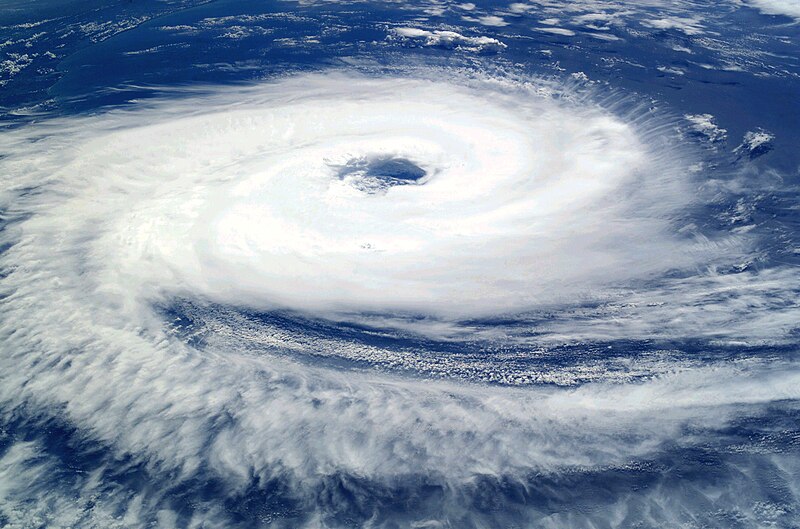 5 °C, and that all of these conditions must last for 4 hours or more before the storm can be properly called a blizzard.
5 °C, and that all of these conditions must last for 4 hours or more before the storm can be properly called a blizzard. ounter clockwise in the Northern Hemisphere and clockwise in the Southern Hemisphere.
ounter clockwise in the Northern Hemisphere and clockwise in the Southern Hemisphere.- Diminished crop growth or yield productions and carrying capacity for livestock
- Dust storms, when drought hits an area suffering from desertification and erosion
- Famine due to lack of water
- Habitat damage, affecting both terrestrial and aquatic wildlife
- Reduced electricity production due to insufficient available coolant for power stations and reduced water flow through hydroelectric dams
- Shortages of water for industrial users
- Snakes migration and increases in snakebites
- Social unrest
- War over natural resources, including water and food
- Wildfires, such as Australian bushfires, are more common during times of drought
Tornados
A tornado is a violent, dangerous, rotating column of air which is in contact with the surface of the earth. Tornadoes come in many sizes but are typically in the form of a visible condensation funnel, whose narrow end touches the earth and is often encircled by a cloud of debris and dust.
There are different types of tornado. Here is a list of types and brief descriptions:
- A multiple vortex tornado: is a type of tornado in which two or more columns of spinning air rotate around a common center.
- A satellite tornado: is a term for a weaker tornado which forms very near a large, strong tornado.
- A waterspout: is defined simply as a tornado over water.
- A landspout: is a tornado which the name stems from their characterization as essentially a "waterspout on land".
- A dust devil: resembles a tornado in that it is a vertical swirling column of air.
- A fire whirl: tornado-like circulations occasionally occur near large, intense wildfires
- A steam devil: is a term describing a rotating updraft that involves steam or smoke.
Most tornadoes take on the appearance of a narrow funnel, a few hundred yards (a few hundred meters) across, with a small cloud of debris near the ground. There is an extremely wide range of tornado sizes, even for typical tornadoes. Weak tornadoes, can be exceedingly narrow, sometimes only a few feet across. On the other end of the spectrum, wedge tornadoes can have a damage path a mile (1.6 km) wide or more. Tornadoes can have a wide range of colors, depending on the environment in which they form. Those which form in a dry environment can be nearly invisible, marked only by swirling debris at the base of the funnel. Condensation funnels which pick up little or no debris can be gray to white. While traveling over a body of water as a waterspout, they can turn very white or even blue. Tornadoes in the Great Plains can turn red because of the reddish tint of the soil, and tornadoes in mountainous areas can travel over snow-covered ground, turning brilliantly white.
No comments:
Post a Comment